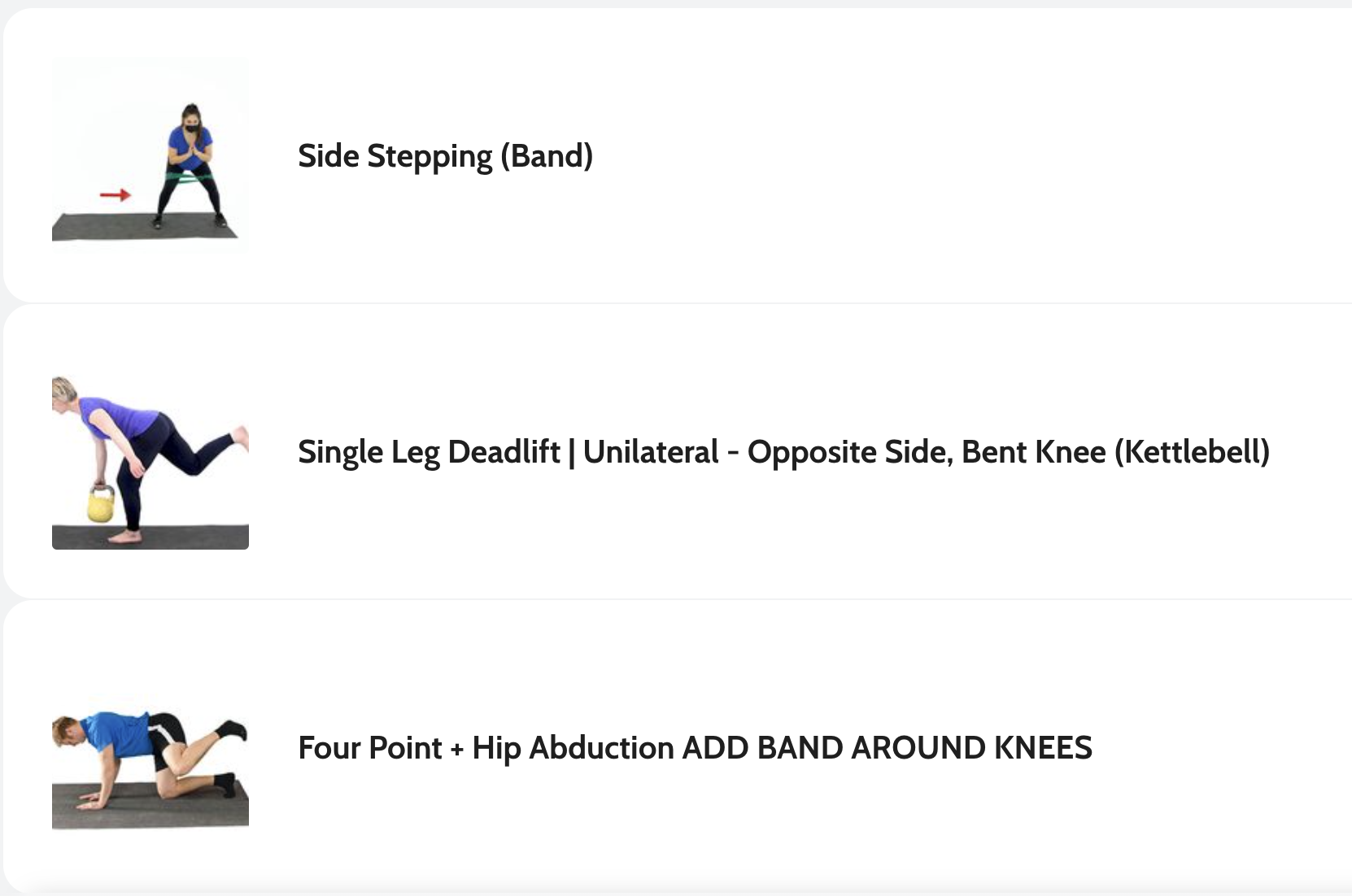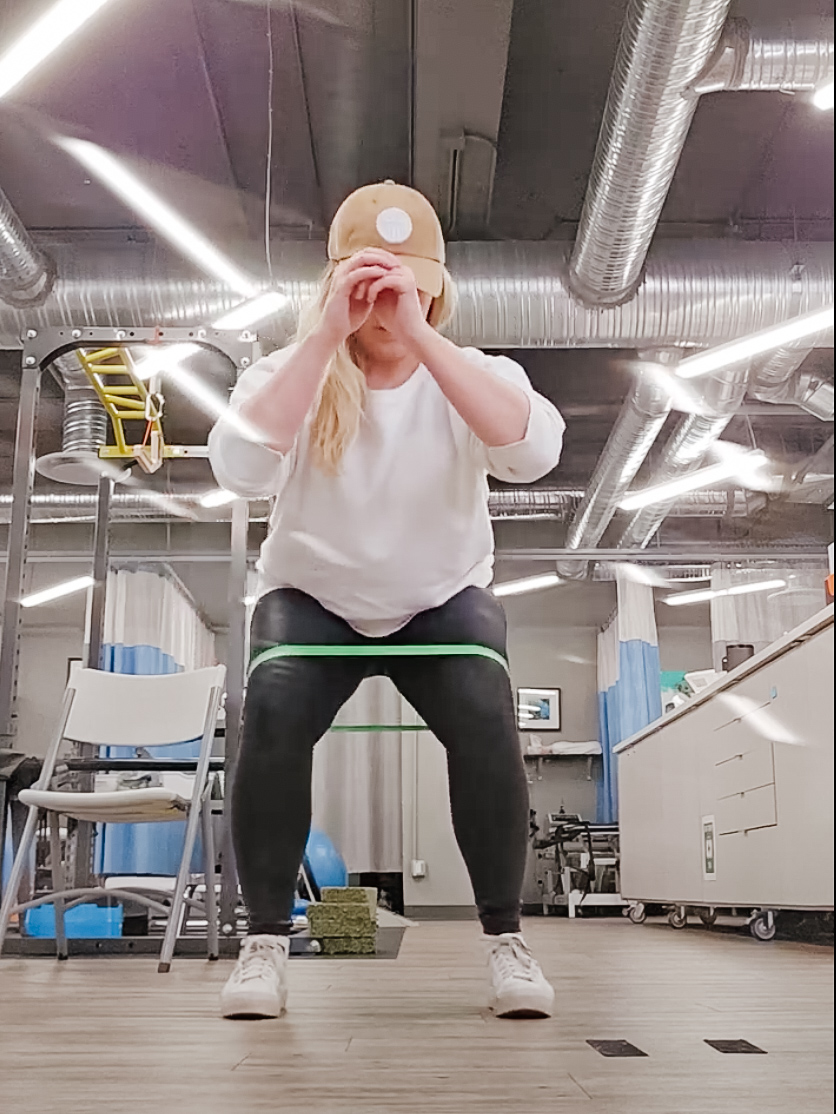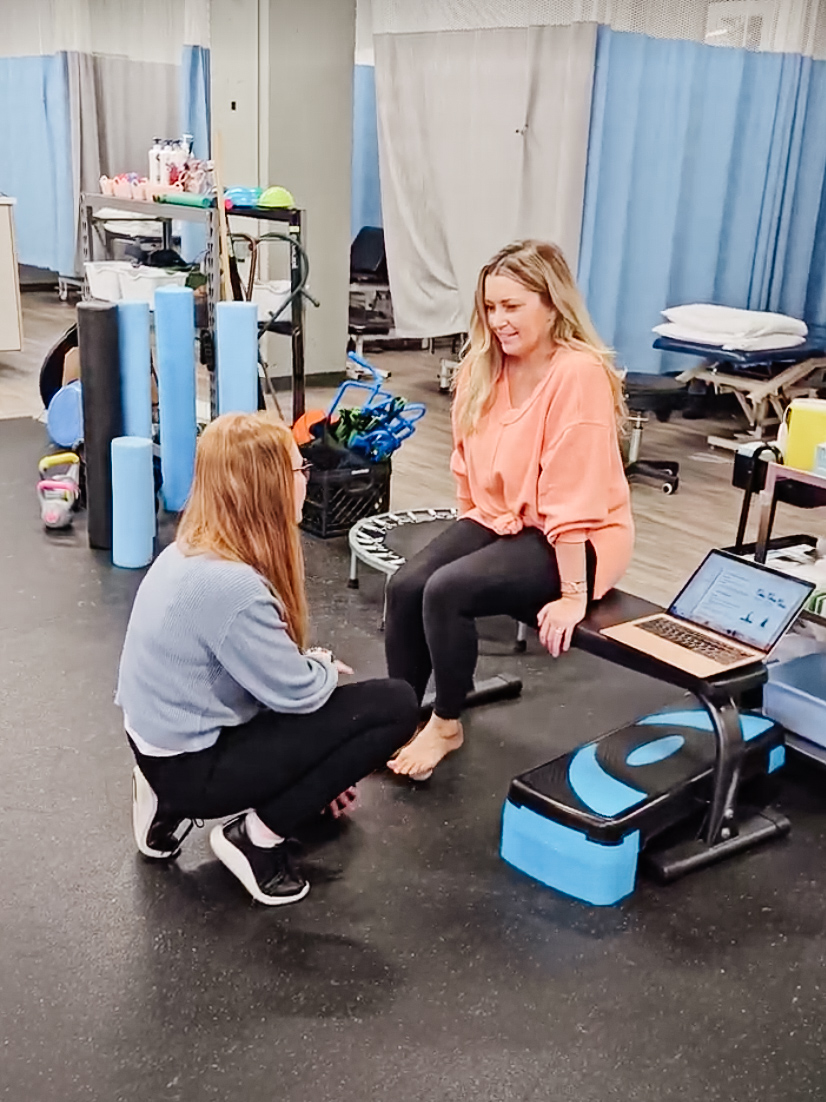Here’s my experience with Pelvic Floor Therapy – including what surprised me the most
 File this one under something I wish I had done sooner. After two babies and years of living with a weak pelvic floor, I finally decided to invest in my health and quality of life and go for pelvic floor physio. It has been such a fascinating journey and I’m happy to share it with you today! If you have any questions – please ask in the comments section at the bottom of this post, or message me privately.
File this one under something I wish I had done sooner. After two babies and years of living with a weak pelvic floor, I finally decided to invest in my health and quality of life and go for pelvic floor physio. It has been such a fascinating journey and I’m happy to share it with you today! If you have any questions – please ask in the comments section at the bottom of this post, or message me privately.
As mothers, we tend to put our needs last – making sure everyone else is taken care of before even giving a thought to ourselves. What I’ve come to learn over time – taking care of ourselves first is essential. I’m a better human and a better mom when my needs are a priority.
Pelvic Floor Physio should just be standard care when you’re pregnant and after you have a baby, but it’s not. It’s necessary for quality of life, and good for your mental and physical health. Unfortunately, most have to pay out of pocket for this care (there are only a couple of facilities in Edmonton that have any funding for pelvic physio through AHS and the wait times are quite long).
 Corona Station Physical Therapy
Corona Station Physical Therapy
I landed on Corona Station Physical Therapy (10709 Jasper Ave) to start my journey. They’re passionate about women’s health as a whole and they specialize in pelvic health. I had an initial consult with Ashley Cripps (Clinic Owner) and Pelvic Health Physiotherapist Chantal Pinsent to go over my goals and potential areas of concern.

Ashley Cripps MScPT, FCAMPT, CAFCI, Clinic Owner
Why was it important to have Women’s Health be such a big part of Corona?
Women’s health, especially in those who have experienced pregnancy, often takes a backseat to the health and well being of their baby or kids. We wanted to see women get the help they need so that they can feel like the best version of themselves.
What is the one thing about women’s health and care you would like to see change in the future?
We would like to see women become greater ambassadors for their own health. Not all health practitioners are aware of the many potential benefits of physical therapy, especially postpartum, and I think there is still sometimes the expectation that you only need physical therapy if it is recommended by a physician.
What’s the most common misconception about pelvic floor therapy?
I think one of the most common misconceptions about pelvic floor therapy is that it is only for those who had complications with their pregnancy or a traumatic birth. However, pregnancy itself is incredibly taxing on our pelvic floor and almost any pregnant or postpartum person can benefit from pelvic floor therapy.

Chantal Pinsent, MScPT, CAFCI, Dry Needling Certified
A Few Things To Know
- You do not need a referral for pelvic floor physio, however some extended health providers require it for reimbursement.
- Pelvic floor physio receives very little funding from Alberta Health and is only available at a couple facilities in the city.
- An assessment is $160 and a treatment is $95
- If someone is unsure if pelvic floor physio is right for them, or has any questions or concerns, Chantal offers a free 15 minute phone consultation.
 My First Visit
My First Visit
Following my initial consult we did an extensive Q+A about my health and lifestyle, followed by an internal exam to assess the function and health of my pelvic floor muscles. (Important to note: an internal exam is not a requirement for pelvic floor physio). My biggest challenge has been running or jumping on our trampoline with the kids – a no-go without peeing myself. I also struggle with leakage when coughing or sneezing.
The internal exam was so fascinating to me because not only did I get validation I was doing my Kegels correctly but it felt good to get connected with the muscles down there.


What Surprised Me The Most
What I’ve learned is pelvic physio is so much more than just doing Kegels. Following my internal exam, Chantal designed a plan for me to help build my pelvic floor strength, including exercises to support the whole area. We focus on butt, core and thigh strengthening. What I love is how attainable it is. A few times a week I do a series of floor exercises and a fit in Kegels whenever I can but there’s no strict schedule. I do them when I’m driving the kids around, brushing my teeth and when I’m lying in bed (either in the morning or at night).
I’ve committed to in-clinic sessions with Chantal every six weeks. It’s nice to have a set date in the calendar to give this the attention it needs. In addition, I’m making little lifestyle tweaks here and there (based on Chantal’s advice), such as incorporating hills on my daily walks and using a stool for my legs when I’m using the washroom at home.

Results
I have already noticed a difference and I’ll keep you posted on how things are going over my Instagram.
Let me know if you have any questions and if you’re thinking pelvic floor therapy is something you want and need – I highly recommend connecting with the team at Corona Station Physical Therapy!
This post is sponsored by The University of Alberta School of Business Consulting Group in collaboration with Corona Station Physical Therapy.
As always, thoughts and opinions are my own and I only partner with businesses and brands I truly love.

Leave a Reply